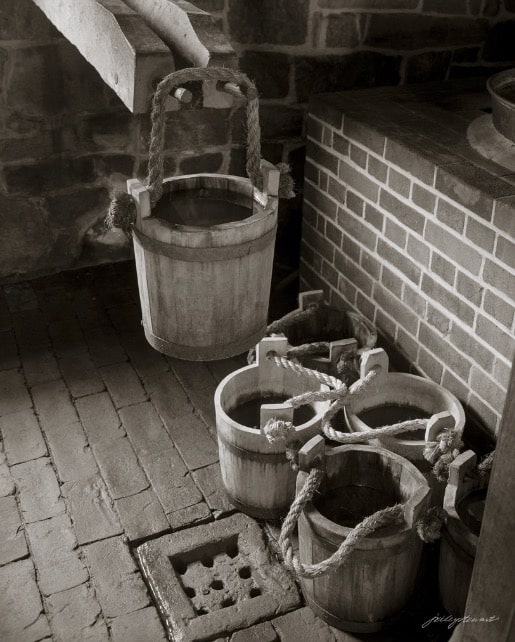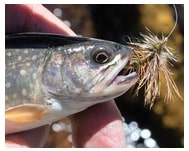
Water from the Well
I’ve talked about the power of nostalgic images before and it probably won’t be the last time I mention it. Experiencing nostalgia is a huge part of being human, and it can be a common emotion that art can evoke in us.
Unlike timeless landscapes and nature pictures, still life images can be highly nostalgic. It doesn’t really matter whether it’s a still life painting or a still life photograph; certain subjects can be strong reminders of something important in our past. A picture of a bouquet of flowers might remind us of something our mothers cared for, or a setting of tools might remind us of our granddad’s workbench, or an image of a desk and chair may remind us of our mother’s daily tasks. The list of nostalgic visual triggers is endless, and no matter how many times we see such images, the feelings of nostalgia never fade.
At 66 years old I’m a member of the last generation who lived through times of wooden buckets with rope handles. Now days, like most things, buckets are plastic, and have plastic or wire handles. In fact, it seems most objects today are plastic. Plastic houses. Plastic cars. And, therefore, plastic landfills (don’t get me started.).
Remember that scene from the 1967 film “The Graduate” when young Braddock was advised to “go into plastics..it’s the wave of the future”? Well, it wasn’t far from the truth, was it?
Common to my generation is the longing for everyday objects made from wood, or metal, or rock. So when we are reminded of those times, it can be quite nostalgic. (If you’re not of my generation, then there are other kinds of objects that affect you just as much; objects that you grew up with and long for today.)
For instance, as a young boy visiting my Grandpa Elmer’s place, I can recall like it was yesterday being told to go draw water from the well ‘out back’ and bring it back to the house. Grandpa’s well was the type with a large wooden bucket you dropped into a deep hole in the ground and then used a big crank and thick rope to bring it back up. That chore was no small feat for a scrawny kid like I was. But I don’t recall ever thinking it was work; it was more like I was doing something important for my Grandpa. And to this day I can still smell the sweetness of that water.
I’m drawn to nostalgic subjects that remind me of the good old days. “Water from the Well” is a simple setting of old oaken buckets that reminds me of good times I spent at Grandpa’s house long ago, and that makes my heart smile, every time.
What does it remind you of? I’d love to hear your story.
You can find more of my still life images here.



 Chiaroscuro is an old fashion style of art, dating from the 1700s masters of portrait, still life, and genre painters like Caravaggio and Rembrandt. But it’s popularity has never gone away. Thomas Cole, Thomas Moran, and Albert Bierstadt, painters from the Hudson Valley School (1800s) extended the chiaroscuro style to landscapes. There are many contemporary painters and photographers who continue to make images in the chiaroscuro style, including me.
Chiaroscuro is an old fashion style of art, dating from the 1700s masters of portrait, still life, and genre painters like Caravaggio and Rembrandt. But it’s popularity has never gone away. Thomas Cole, Thomas Moran, and Albert Bierstadt, painters from the Hudson Valley School (1800s) extended the chiaroscuro style to landscapes. There are many contemporary painters and photographers who continue to make images in the chiaroscuro style, including me.




 For example, if you’ve never seen a fishing fly, you have no way to describe this “thing.” That tuft of feathers on a curvy thingy may be quite confusing to you. But show you that same fly in the mouth of a fish, and it becomes more clear what it is and what it’s supposed to do.
For example, if you’ve never seen a fishing fly, you have no way to describe this “thing.” That tuft of feathers on a curvy thingy may be quite confusing to you. But show you that same fly in the mouth of a fish, and it becomes more clear what it is and what it’s supposed to do. 
